You see where transformers "step up" the voltage for the long 200-mile transmission line.
You know in 3-phase there is "wye" (4-wire, neutral in the middle) and "delta" (3 wires, corners only, no neutral, ground in the middle). Delta can be derived from wye simply by not hooking up the neutral.
In the real world, that 200-mile transmission line will be wired as "delta". Why bring a 4th wire when you don't need to?
Also, high-tension line insulation stacks are expensive. They want to keep the phase-ground voltage as low as possible. So they don't want the 3 phases floating at random voltages to ground. They want to equipotential bond the center of the delta triangle to earth ground. Easiest way to do that is use "wye" transformers, which is what Figure 1.25 shows in fact.
So even though they aren't transmitting neutral, an imaginary "neutral" can be inferred from the connection, and correlates roughly with earth ground potential. Figure 1.27 is asking you to "think about" only 1 of the phases. As such, its reference is the "imaginary neutral", which being imaginary, has no voltage drop.
And that is accurate. In practical home wiring, when you wire a 240V appliance or panelboard with neutral for 120V loads... when calculating voltage drop on the feeder/circuit, you consider the outer phase conductors only. Neutral current is presumably minimal if the panel has been competently balanced.



